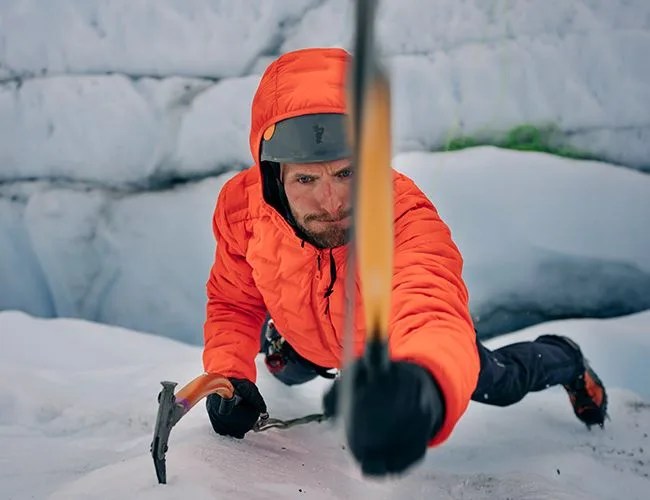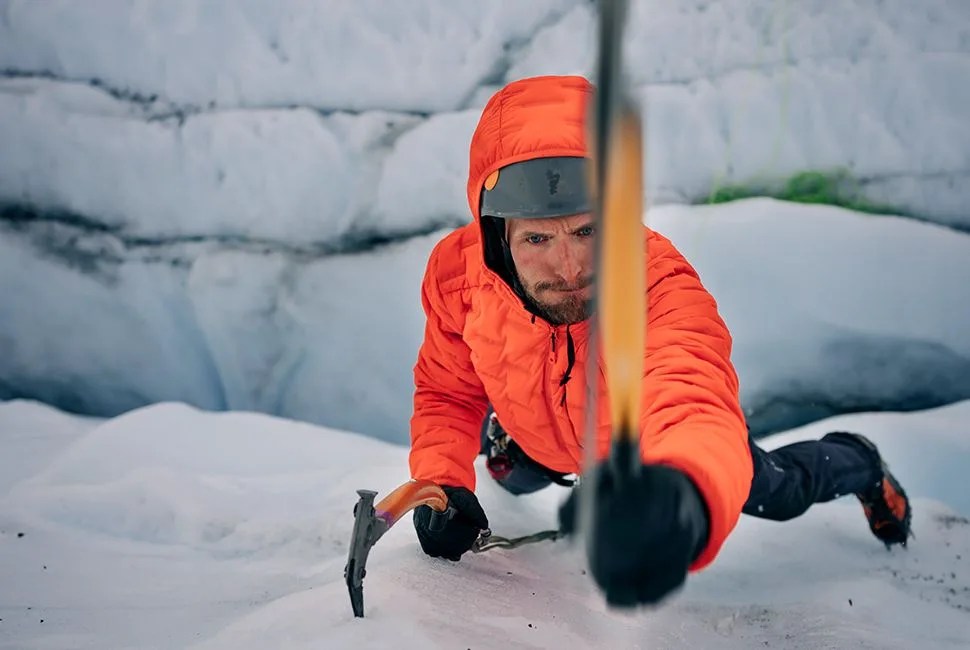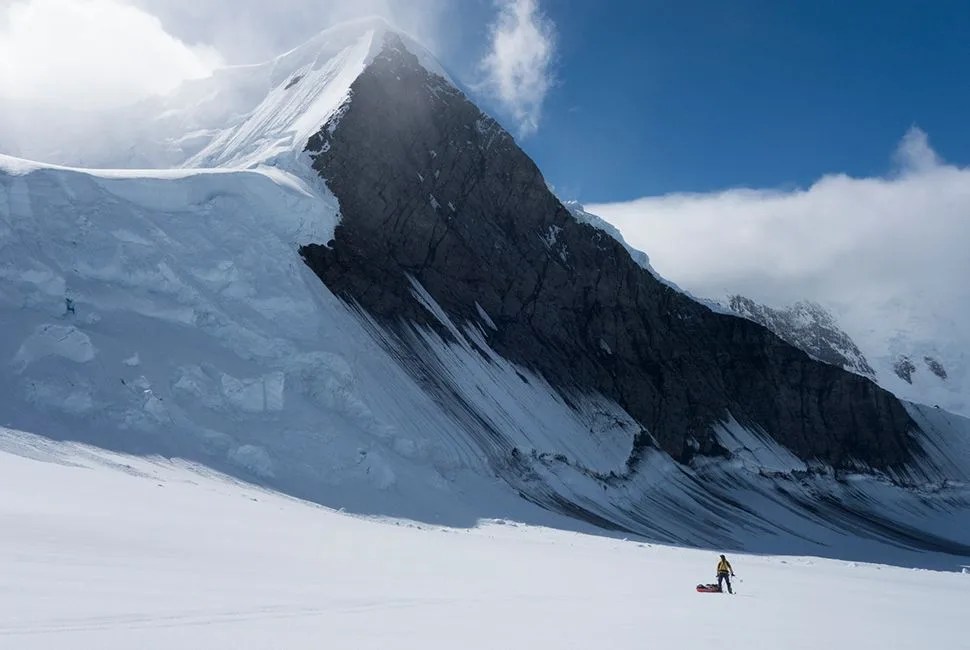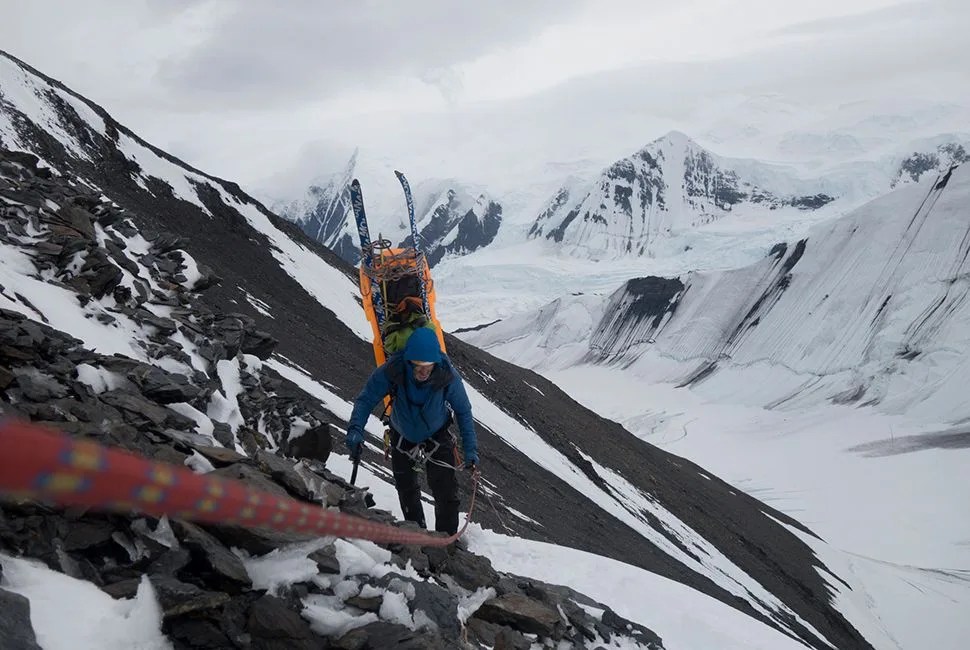
Vincent Colliard, a young Frenchman with a penchant for adventure, is one of the most accomplished polar explorers of our generation whose numbered expeditions include a circumnavigation of the Arctic Ocean. With his latest project, one he expects will take him up to 10 years to complete, Colliard hopes to cross all 20 of the world’s largest glaciers. The project’s goal is to bring awareness to the rapid melting of polar ice caps. Throughout the project, Colliard, along with his childhood hero Børge Ousland, will cross stretches of ice so dangerous that it could take them months. We caught up with Colliard to chat about his motivation for the project and the dangers he’s facing along the way.
Q: How did you first get the idea to undertake crossing all twenty glaciers?
A: Børge Ousland told me he had this project to circumnavigate or sail around the north pole in one single season that hadn’t been done before. Since that day, I prepared with him to join and have a place aboard [the boat]. It happened, and after that trip, little did I know that so many adventurers were laying ahead. The fact that the ice has retreated so much was really an eye-opener. I think it really opened the door to the ice legacy project and it’s why we started the project in 2014.
Q: What has been the biggest challenge in planning out what glaciers you are going to take on next? Are there some that you have to go to sooner rather than later because there is the danger of them receding to the point where they are uncross-able? Assuming the project will take you ten years, are there glaciers that won’t be there by the end?
A: No, not really. It’s a big concern, for sure, but not the twenty largest, because these twenty, some of them might take a couple of months to cross. That’s why they won’t recede that much. The main concern that we have is the glacier in Russia on Novaya Zemlya. It’s been very, very tough to try to get permission to cross that piece of ice. That glacier, we need to have authorization from very high in the government because it used to be a radioactive glacier because of a bombing in 1964. There is a military base, and I think there are submarines there — it’s kind of a little bit of a secret of Russia. When we are crossing this ice cap, I don’t think the struggle will be the ice. It will really be getting the permission from the government.
3 photos
Q: Have you had any close calls?
A: I had one close call. It was probably day sixteen and the glacier was so tough that we decided to exit the glacier before its end. We were almost at the end, but we didn’t want to exit by the edge all the way to the water because that’s usually where the glacier is calving, and we didn’t want that. So, one morning we packed our gear — we had some big backpacks, like hundred-twenty-liter backpacks. We started to load our stuff inside and put the skis on each side of the backpack and load the sled on top of it. Then we started to walk on the mountain. The bush was so dense that after two hours, we had to turn back and go back to the ice. We were already running out of food, we were rationing for the past five days. We were getting really hungry and we wanted this thing to be over.



